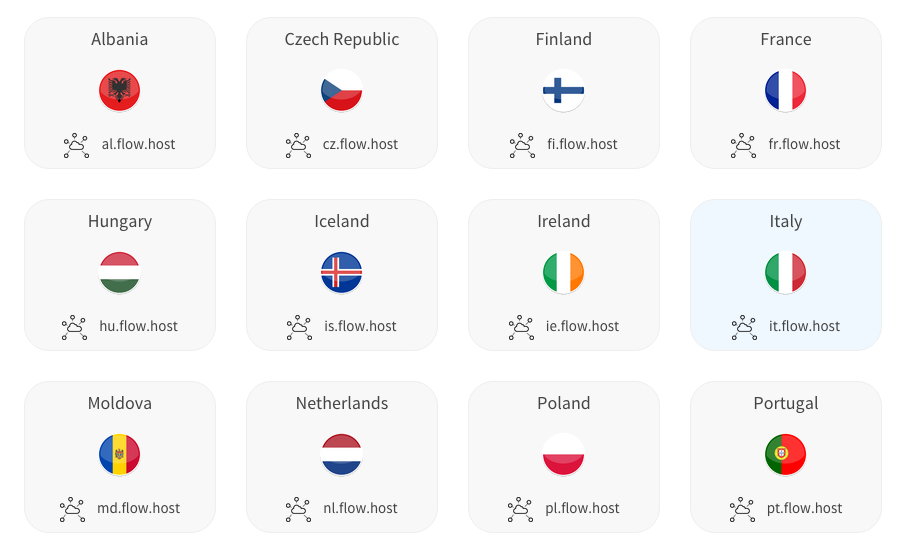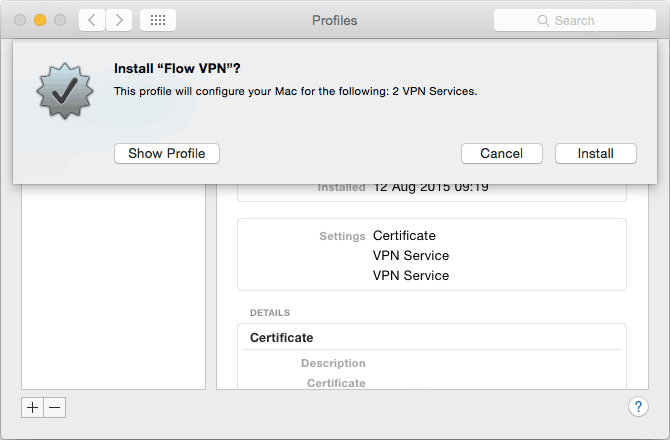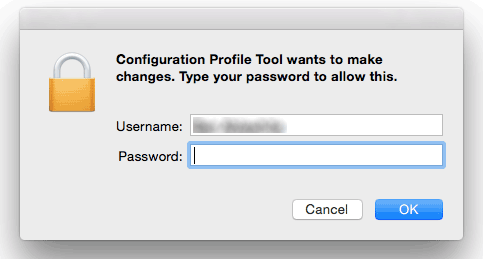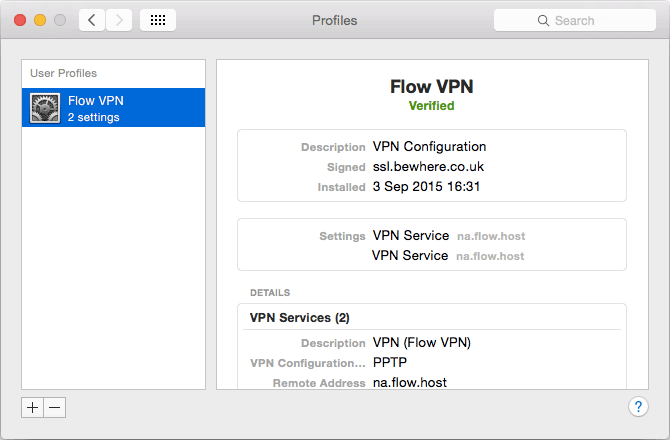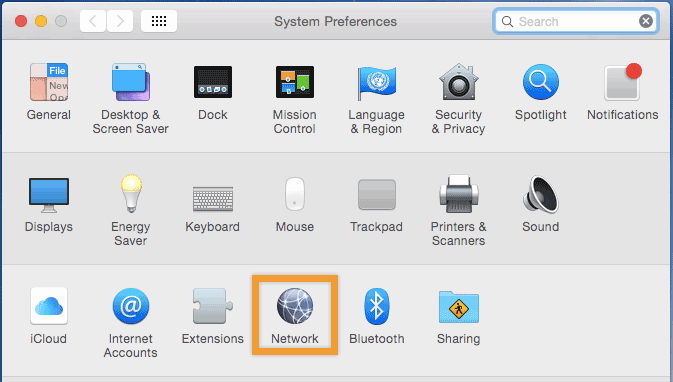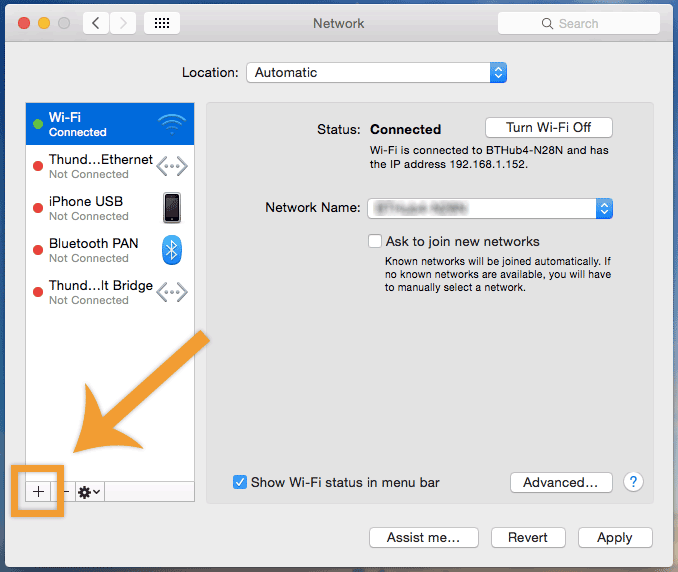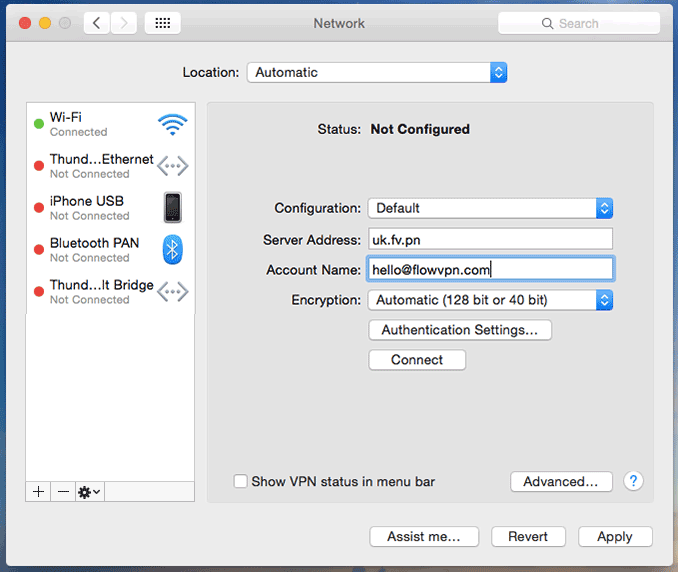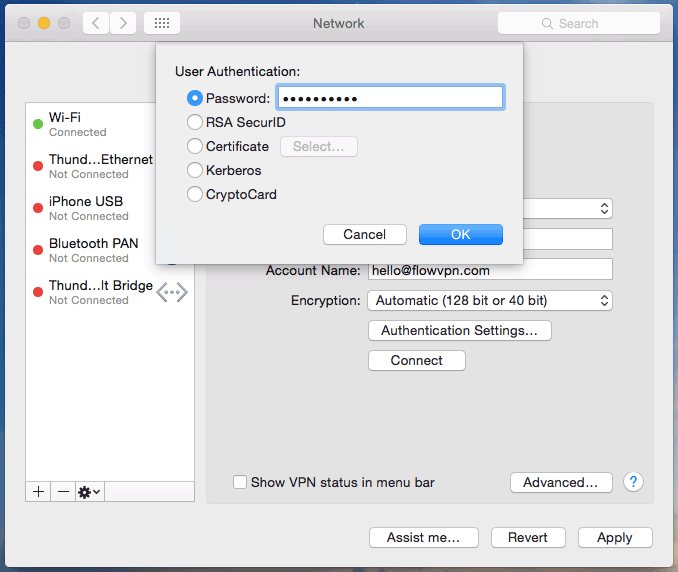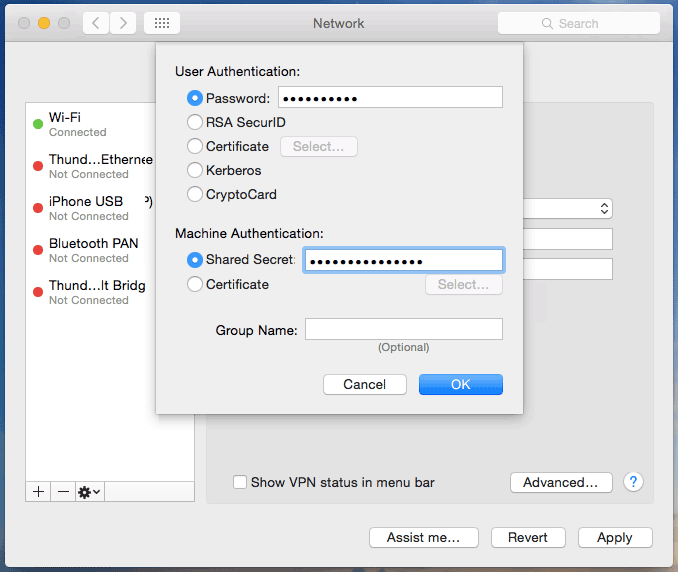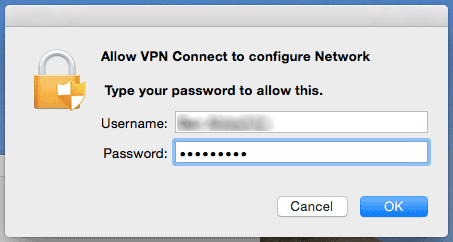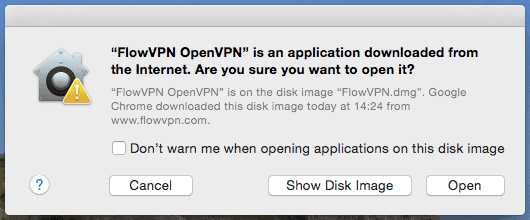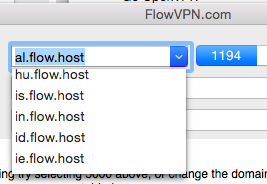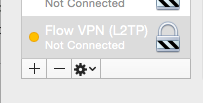
Download Flow VPN for Mac OS
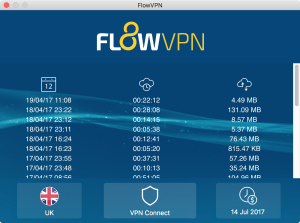
Download the Flow VPN Client for your Mac from the Apple App Store.
This client is the easiest way to use Flow VPN on a iMac or MacBook system, with no complex configuration required.
 Download Flow VPN for Apple Mac
Download Flow VPN for Apple Mac
Setting up Flow VPN on your Mac Manually
You’ve signed up for Flow VPN and received your VPN login details. Here’s what to do next…
Please note: if you’re looking for instructions on using one of our VPN apps please click here
Download a VPN configuration file - RECOMMENDED
This process will enable you to download a VPN profile that will define settings to access your chosen location / route via both L2TP with PPTP protocols.
1. Select a server location from your client area
2. Download your profile – this will be pre-configured with your chosen location, your username and your VPN password:
![]() 3. Open the configuration file. If you’re using Mail you should be able to open the attachment straight from the email; if you’re using webmail you might need to copy it to your desktop first.
3. Open the configuration file. If you’re using Mail you should be able to open the attachment straight from the email; if you’re using webmail you might need to copy it to your desktop first.
4. You’ll be taken to System Preferences > Profiles and prompted to click ‘install’
5. Configuration Profile Tool will ask you to input the password that you use to log into your Mac
6. Your profile will have been installed, preconfigured with your username, password and the server location you selected in step 1.
Note: profiles that don’t state “L2TP” are PPTP
7. To connect, got to System Preferences > Network and select Flow VPN or Flow VPN (L2TP). Click ‘Connect’.
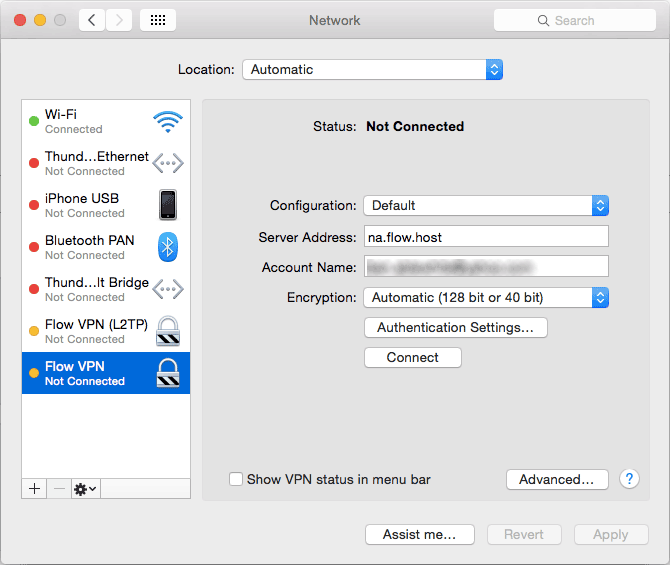
Global VPN app
 Search for Global VPN in the Mac App Store.
Search for Global VPN in the Mac App Store.
When the app is installed:
1. Click the blue ‘account’ button and log in with your email address and your chosen Flow VPN password

2. Click ‘Select Country’
3. Choose a server location
4. Click ‘Configure’
5. Accept all prompts as Global VPN creates VPN profiles for PPTP and L2TP protocols
6. To connect, go to System Preferences > Network, select a profile and click ‘Connect’
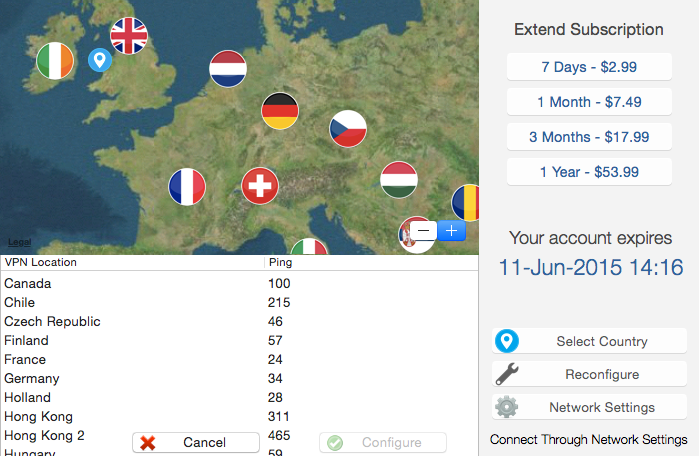
Manually configure - PPTP
1. Go to System Preferences > Network
2. Click the + button at the bottom of the left panel
3. Select Interface = VPN
4. Select VPN Type = PPTP and type “Flow VPN PPTP” in Service Name
5. Complete the fields as follows:
Server Address: your choice of location, for instance uk.flow.host – you can find the list in your client area
Account name: your email address
6. Click ‘Authentication Settings’ and enter your VPN password – you can find this in your client area (please note that this is not the password used to log into your client area). Click ‘OK’.
7. Click ‘Apply’ then ‘Connect’
Manually configure - L2TP
1. Go to System Preferences > Network
2. Click the + button at the bottom of the left panel
3. Select Interface = VPN
4. Select VPN Type = PPTP and type “Flow VPN L2TP” in Service Name
5. Complete the fields as follows:
Server Address: your choice of location, for instance uk.flow.host – you can find the list in your client area
Account name: your email address
6. Click ‘Authentication Settings’ and enter your VPN password – you can find this in your client area (please note that this is not the password used to log into your client area)
For ‘Shared Secret’, type bewhereprojects
Click ‘OK’.
7. Click ‘Apply’ then ‘Connect’
OpenVPN
1. Click here to download Go OpenVPN
2. Open the downloaded .dmg file and double-click the Go OpenVPN icon to install the application

3. Open Go OpenVPN. You’ll be asked to enter your Mac user password.
4. Accept the warning:
5. Choose a server from the drop-down menu and enter your FlowVPN account name (probably your email address) and your VPN password. Please note that this isn’t the password you use to log into the FlowVPN website – you can find your VPN password in your FlowVPN client area.

5. Choose a port – we recommend starting with port 1194.
6. Click ‘Connect’!
7. To change servers at any time, simply select a different one from the drop-down menu in Go OpenVPN before you connect.

